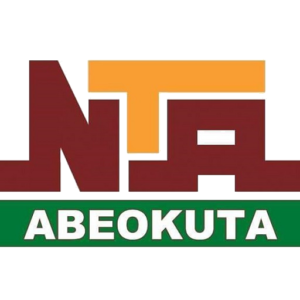Today, Tuesday, Ethiopian Prime Minister Abe Ahmed has officially launched work in the Renaissance Dam, so that the project would become about 14 years after it launched a tangible fact by announcing its official opening. This comes after years of controversy and sharp disagreement between Egypt and Sudan on the one hand and Ethiopia on the other hand, as the three parties have not reached a consensual formula so far.
A reassuring letter to the neighbors
In his speech, Abi Ahmed stressed that Al -Sadd is not a threat to Egypt or Sudan, stressing that Ethiopia uses the resources of the river in a limited way only and did not acquire what is not related to it. He pointed out that the primary goal is to meet the needs of internal development.
Egypt and Sudan’s dependence on the Nile
The Nile represents the lifeblood of Egypt and Sudan; Egypt is almost completely dependent on its water with resources of up to 60 billion cubic meters annually, of which 55.5 billion of the Nile (about 90%). As for Sudan, its water resources are 38 billion cubic meters annually, of which 18.5 billion of the Blue Nile, and the rest from other sources such as side rivers, torrents and groundwater.
Economic Development Project
Ethiopia, the second largest African country in terms of population (120 million people), believes that the Great Renaissance Dam, which cost $ 5 billion, represents a basic pillar of its development aspirations. The dam is built on one of the tributaries of the Nile with the aim of producing electrical energy.
Energy production capabilities
The construction of the dam began in 2011, and its ability is expected to eventually reach 5150 megawatts, after it began to generate 750 megawatts through the turbine who already work. Abi Ahmed said that the energy produced will be used to improve the access of electricity to citizens, while exporting the surplus to the countries of the region.
Sovereignty project with local financing
Ethiopia emphasizes that the dam is a sovereign project, and it started in 2020 the filling of the tank in stages, stressing that it will not cause great harm to the countries of the estuary. “The Renaissance Dam is not a threat, but rather a joint opportunity.” The local media indicates that the Ethiopian Central Bank funded 91% of the project, while citizens contributed 9% by buying bonds and gifts, without any external support.





